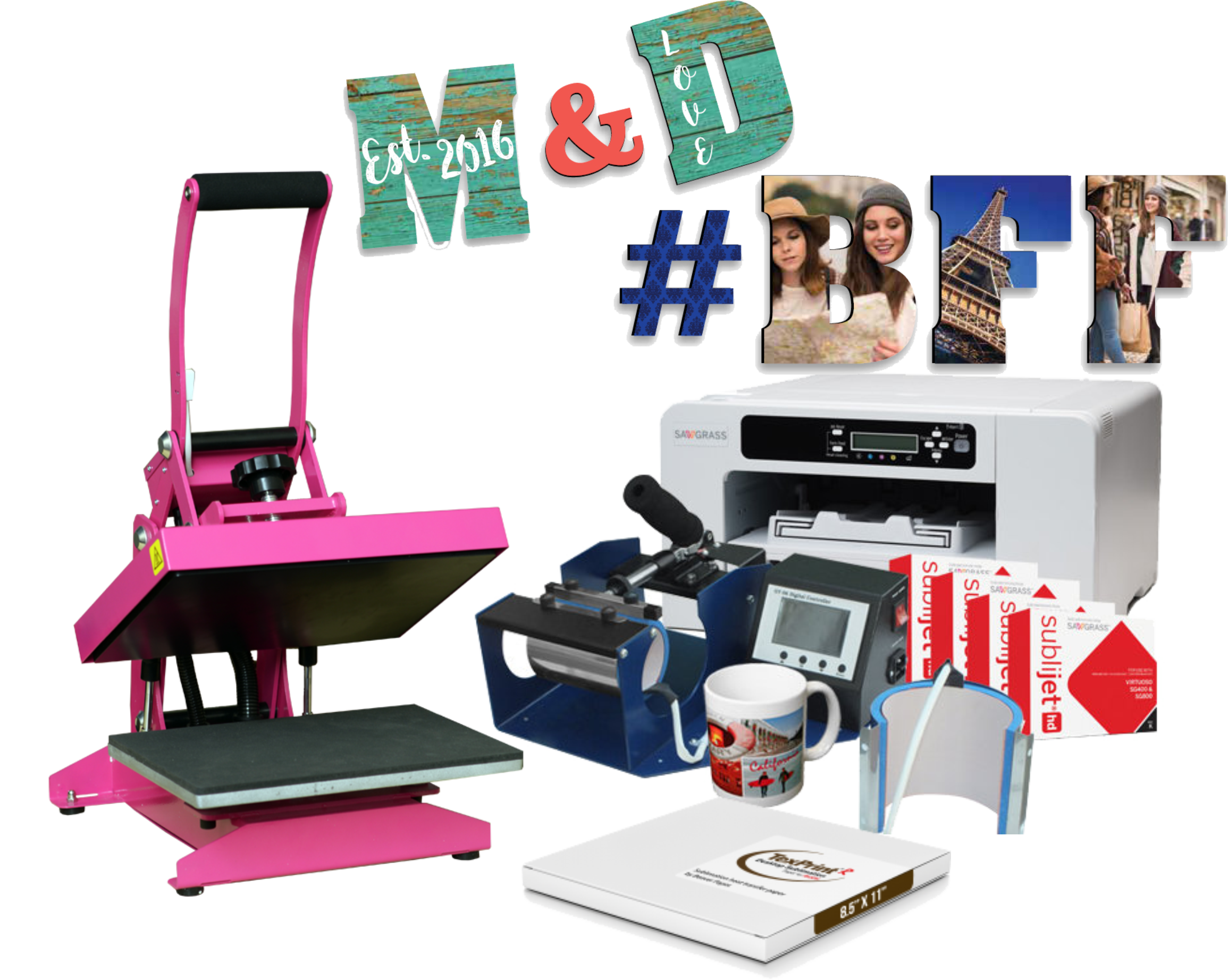Just How Screen Printing Changes the Branded Clothing Industry
A Comprehensive Overview to the Different Kinds Of Fabric Printing Methods
Each method, from the meticulous craftsmanship of block printing to the rapid efficiency of display printing, offers special purposes and supplies distinctive benefits. Digital printing's adaptability and environmental awareness stand in raw contrast to the speedy modification of warm transfer printing.
Block Printing
Block Printing, one of the earliest techniques of fabric decor, has an abundant history that dates back to old civilizations. The procedure entails sculpting detailed layouts right into wooden blocks, which are then dipped in dye and pushed onto material to produce patterns.
The accuracy and craftsmanship associated with block printing make it a labor-intensive procedure, yet it also enables for a high level of modification. Artisans can create distinct patterns by combining different blocks or varying the application of dye. This versatility has actually added to the enduring appeal of block printing in both conventional and contemporary textile design.
Block printing is especially valued for its aesthetic qualities, including the slight variations in pattern and shade that arise from the hand-printing procedure. These blemishes provide an one-of-a-kind character per piece, identifying it from mass-produced materials. In spite of advances in modern printing technologies, obstruct printing continues to be a treasured strategy, celebrated for its historic value and artistic value.
Screen Printing
Screen printing, another noticeable fabric decor method, has changed the sector with its effectiveness and versatility. This approach entails creating a pattern, referred to as a display, and using it to apply layers of ink on the printing surface. Each shade in the design requires a different display, which permits vibrant and intricate multi-colored prints.

One of the key benefits of screen printing is its adaptability to various sorts of textiles, including cotton, polyester, and blends. This strategy is specifically appropriate for large-volume orders because of its cost-effectiveness and rate. The toughness of the prints is another significant advantage, as the ink bonds well with the fabric, making sure durable designs that hold up against numerous laundries.
The procedure starts with preparing the screens by covering them with a light-sensitive solution. When dried out, the style is moved onto the emulsion-coated screen using a UV light. The subjected areas harden while the unexposed components are removed, creating a pattern. Ink is then pushed through the pattern onto the textile using a squeegee.
Screen printing is extensively made use of in the style sector, best site marketing items, and personalized apparel. Its capacity for top notch, comprehensive prints secures its standing as a foundation method in textile printing.
Digital Printing
Digital printing has swiftly become a sophisticated strategy in the fabric sector, leveraging advanced technology to generate high-resolution styles straight onto fabric. Unlike conventional approaches, electronic printing uses inkjet printers to deposit pigment or dye-based inks onto textiles, enabling vivid and intricate patterns with an amazing level of detail and shade accuracy.
One of the primary advantages of digital printing is its flexibility. This technique enables for on-demand printing, which dramatically minimizes waste and lessens supply costs.
In addition, digital printing is eco-friendly. Branded clothing. It utilizes water-based inks and requires much less water and energy contrasted to traditional strategies, straightening with lasting practices. The precision of digital printing also allows using a bigger series of fabrics, including cotton, silk, polyester, and blends, making certain versatility across numerous applications
Warm Transfer Printing
How does warmth transfer this contact form printing reinvent fabric layout? Warmth transfer printing involves making use of warmth and stress to transfer a design from a specifically created paper onto textile.
One of the primary benefits of warm transfer printing is its capability to generate top notch, detailed pictures quickly and successfully. It is particularly fit for tiny manufacturing runs and personalized orders, making it a prominent choice for customized garments and advertising things. In addition, this method is flexible, suiting various sorts of materials including cotton, polyester, and blends.
Furthermore, warmth transfer printing is reasonably affordable compared to various other approaches, as it needs minimal arrangement and reduced first investment - sublimation printing. This affordability, paired with its capability for producing vivid, long lasting prints, underscores its crucial function in modern-day material style

Dye Sublimation Printing
Dye sublimation printing, an advanced material printing technique, offers unequaled vibrancy and longevity for layouts on various synthetic textiles. The published transfer paper is then put on the fabric, and both are subjected to Read More Here high heat and stress utilizing a warm press.
Among the vital advantages of dye sublimation printing is its capability to create continuous-tone prints with vivid colors and detailed information. Unlike other printing techniques, the dye enters into the fabric rather than sitting on top of it, leading to a soft and breathable finish. This method is especially efficient on polyester and other synthetic materials, making it a popular selection for sports apparel, banners, and home textiles. In addition, dye sublimation is ecologically pleasant, as it requires no water and produces minimal waste, aligning with lasting manufacturing practices.
Verdict
Block printing is revered for its artisanal quality, while display printing is helpful for high-volume manufacturing. Digital printing supplies convenience and environmental benefits, whereas warm transfer printing is perfect for fast modification.
Each method, from the thorough craftsmanship of block printing to the rapid efficiency of screen printing, serves unique purposes and uses distinctive advantages. Digital printing's versatility and ecological awareness stand in raw contrast to the swift modification of warm transfer printing. In spite of developments in contemporary printing modern technologies, obstruct printing continues to be a valued method, commemorated for its historic relevance and imaginative value.
Dye sublimation printing, an innovative fabric printing method, offers unmatched vibrancy and long life for styles on numerous synthetic textiles. Digital printing provides flexibility and environmental advantages, whereas warm transfer printing is suitable for rapid personalization.